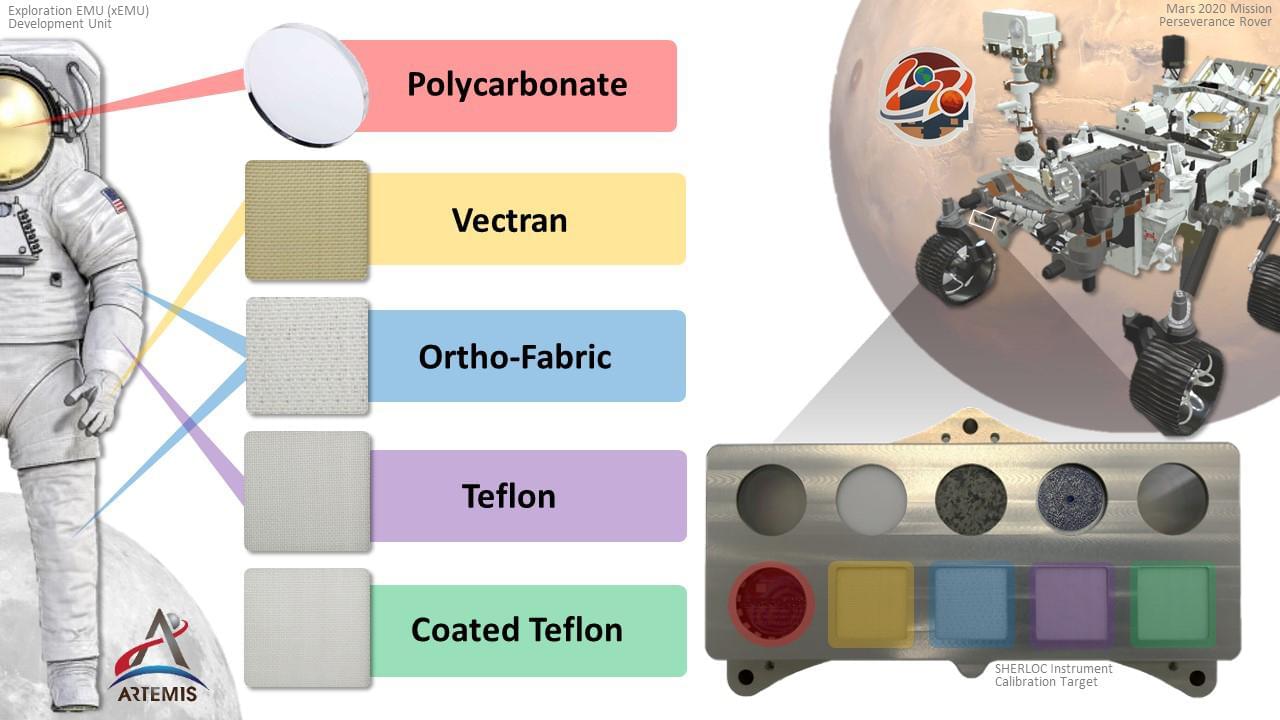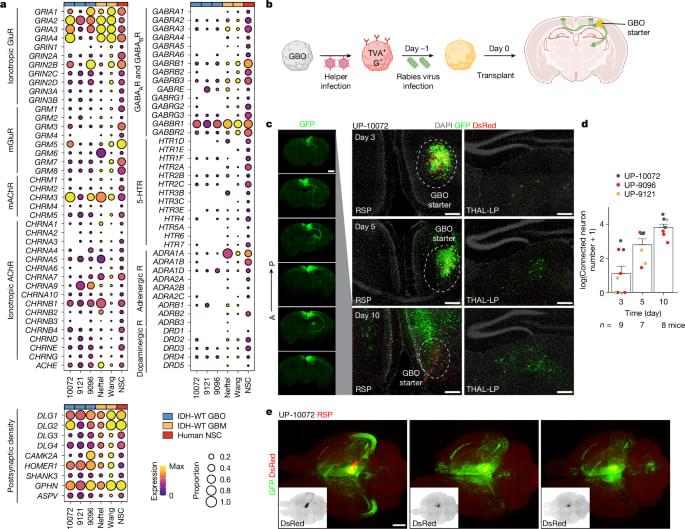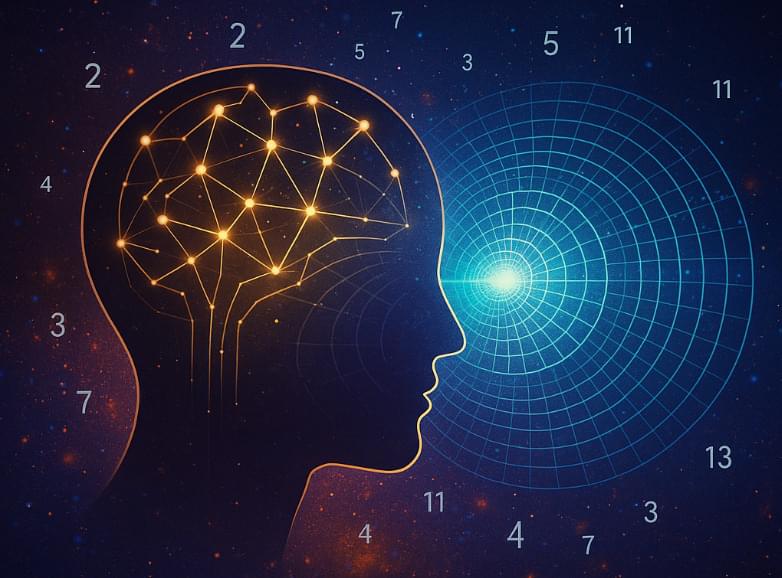FamousSparrow deployed two enhanced SparrowDoor variants and ShadowPad in July 2024 attacks, signaling active tool development.
The threat actor known as EncryptHub exploited a recently-patched security vulnerability in Microsoft Windows as a zero-day to deliver a wide range of malware families, including backdoors and information stealers such as Rhadamanthys and StealC.
“In this attack, the threat actor manipulates.msc files and the Multilingual User Interface Path (MUIPath) to download and execute malicious payload, maintain persistence and steal sensitive data from infected systems,” Trend Micro researcher Aliakbar Zahravi said in an analysis.
The vulnerability in question is CVE-2025–26633 (CVSS score: 7.0), described by Microsoft as an improper neutralization vulnerability in Microsoft Management Console (MMC) that could allow an attacker to bypass a security feature locally. It was fixed by the company earlier this month as part of its Patch Tuesday update.
RedCurl deployed QWCrypt ransomware via fake CVs and ISO lures, disabling entire virtual infrastructures.
Trojan npm package downloaded 73 times modifies ‘ethers’ locally, enabling persistent reverse shell access
Such credentials could be obtained from a data breach of a social media service or be acquired from underground forums where they are advertised for sale by other threat actors.
Credential stuffing is also different from brute-force attacks, which revolve around cracking passwords, login credentials, and encryption keys using a trial and error method.
Atlantis AIO, per Abnormal Security, offers threat actors the ability to launch credential stuffing attacks at scale via pre-configured modules for targeting a range of platforms and cloud-based services, thereby facilitating fraud, data theft, and account takeovers.
Is there a cleaner and more environmentally friendly way for scientists to create lithium-6, which is a primary component in creating nuclear fusion fuel? This is what a recent study published in Chem hopes to address as an international team of researchers investigated safer methods for separating lithium-6 from lithium-7, which is a common procedure for creating nuclear fusion fuel. However, this procedure has long-required liquid mercury, whose exposure often results in sever neurodevelopmental disorders, including memory loss, along with lung, kidney, and nervous system damage.
For the study, the researchers discovered their novel method purely by accident while they were working with “produced water”, which is groundwater that is forced to the surface during drilling processes for gas and oil that needs cleaning before it’s pumped back underground, and this process repeats. To accomplish this cleaning process, a membrane is used to filter out unwanted components, during which the researchers found they were filtering lithium within this now-surface groundwater.
“We saw that we could extract lithium quite selectively given that there was a lot more salt than lithium present in the water,” said Dr. Sarbajit Banerjee, who is a professor of chemistry at ETH Zurich and a co-author on the study. “That led us to wonder whether this material might also have some selectivity for the 6-lithium isotope.”
What can a NASA Mars rover teach us about the future development of astronaut spacesuits to Mars? This is what NASA’s Perseverance rover, which is cu | Space
A study leveraging transsynaptic tracing demonstrates rapid and extensive integration of human glioblastoma organoids into the mouse brain.
There remain many questions — how precisely to test prime resonance coupling in the lab, how to formalize “consciousness” in a rigorous physical sense, and how to harness these insights for breakthrough technologies.
Yet the potential is vast. Non-local communication, quantum AI, and a bold reinterpretation of black holes as ultimate observers challenge us to delve deeper and rethink old assumptions.
The journey forward will require experiments that push the boundaries of quantum measurement, investigate subtle anomalies in tunneling and interference, and refine our understanding of how consciousness might operate as an entropic conductor.









